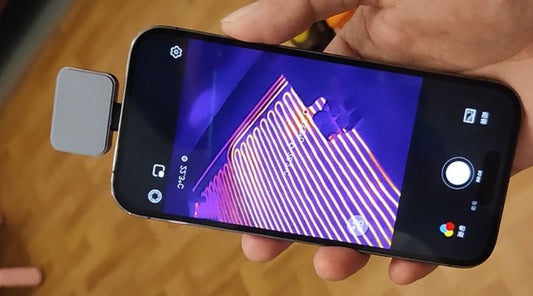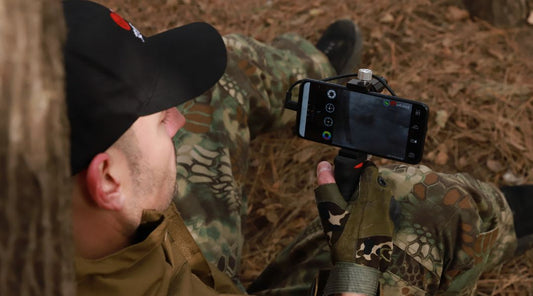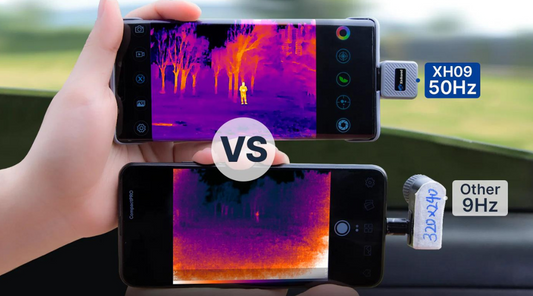Stay Safe, Drive Smart: The Merge of Night Vision and Collision Tech
Driving at night can be a daunting task, with reduced visibility and increased risks on the road. However, advancements in automotive technology are paving the way for enhanced safety features that prioritize driver and pedestrian protection. One such breakthrough is the convergence of infrared thermal car night vision and collision avoidance systems, revolutionizing the way we navigate through low-light conditions.
The Importance of Night Vision in Modern Driving
According to the National Highway Traffic Safety Administration (NHTSA), approximately 50% of traffic-related fatalities occur during night-time hours, despite lower traffic volumes. Driving in low-light conditions poses significant challenges, including reduced visibility, glare from oncoming headlights, and increased difficulty in detecting pedestrians, animals, and obstacles on the road.
Infrared thermal car night vision technology has emerged as a game-changer in addressing these challenges. By leveraging advanced thermal imaging sensors, this technology provides drivers with a clear view of the road ahead, even in complete darkness or adverse weather conditions.

How Infrared Thermal Car Night Vision Works
Infrared thermal imaging technology works by detecting the heat signatures emitted by objects in the environment. These heat signatures are then translated into a visual representation on the vehicle's display, allowing drivers to easily identify potential hazards, such as pedestrians, animals, or obstacles, that may be difficult to see with traditional headlights.
The integration of infrared thermal car night vision systems with in-vehicle display systems ensures that drivers receive real-time information about their surroundings, enhancing their situational awareness and reaction time.

Collision Avoidance Systems: A Complementary Solution
While night vision technology addresses visibility challenges, collision avoidance systems offer an additional layer of protection by actively monitoring the vehicle's surroundings and taking preventive measures to avoid collisions.
These systems rely on a combination of radar, LiDAR (Light Detection and Ranging), and camera-based sensors to detect potential obstacles and calculate the risk of a collision. In the event of an imminent collision, the system can automatically apply the brakes or provide audible and visual warnings to the driver, allowing them to take evasive action.
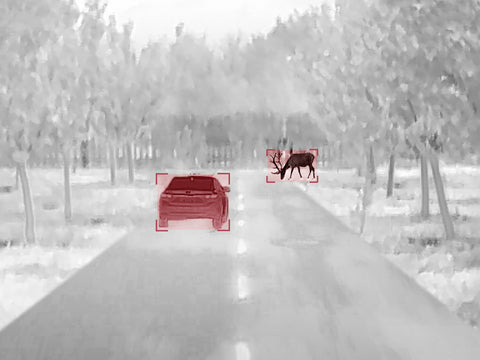
The Merge of Night Vision and Collision Tech
The true power of these technologies lies in their seamless integration. By combining infrared thermal car night vision with collision avoidance systems, vehicles can now detect and respond to potential hazards in real-time, even in the most challenging low-light conditions.
This convergence offers numerous benefits for both drivers and pedestrians. For drivers, it enhances their ability to identify and avoid obstacles, reducing the risk of accidents and ensuring a safer journey. For pedestrians, it increases their visibility to drivers, minimizing the chances of being involved in a collision.

Future Developments and Trends
As technology continues to evolve, we can expect further advancements in sensor technology, object recognition capabilities, and the integration of machine learning and artificial intelligence (AI) algorithms.
These advancements will not only improve the accuracy and reliability of night vision and collision avoidance systems but also pave the way for autonomous driving technologies. By leveraging these advanced safety features, self-driving vehicles will be better equipped to navigate through challenging conditions, ensuring a safer and more efficient transportation experience for all.
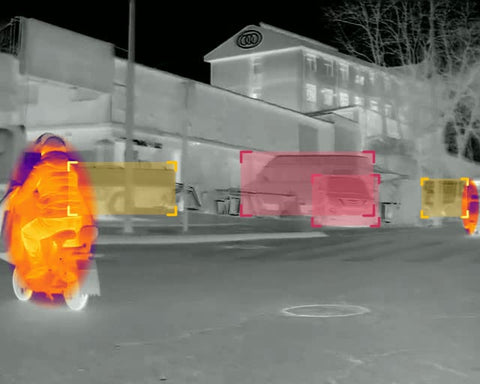
Choosing the Right Vehicle with Advanced Safety Features
With the growing demand for enhanced safety features, many automotive manufacturers are embracing the integration of night vision and collision avoidance technologies into their vehicle offerings.
When considering the purchase of a new vehicle, it's crucial to prioritize safety and evaluate the available advanced driver assistance systems (ADAS). While these technologies may come at an additional cost, the investment in your safety and peace of mind is invaluable.
Conclusion: Driving Towards a Safer Future
The merge of infrared thermal car night vision and collision avoidance technology represents a significant step forward in enhancing road safety. By combining these cutting-edge systems, drivers can navigate through low-light conditions with confidence, knowing that their vehicles are equipped to detect and respond to potential hazards proactively.
As we continue to prioritize safety on our roads, the adoption of advanced safety technologies like night vision and collision avoidance systems will become increasingly crucial. By embracing these innovations, we can work towards a future where driving is not only more convenient but also significantly safer for all road users.
Take the time to explore the available options and invest in vehicles equipped with these advanced safety features. Your safety and the safety of others should always be a top priority when making vehicle purchase decisions.


